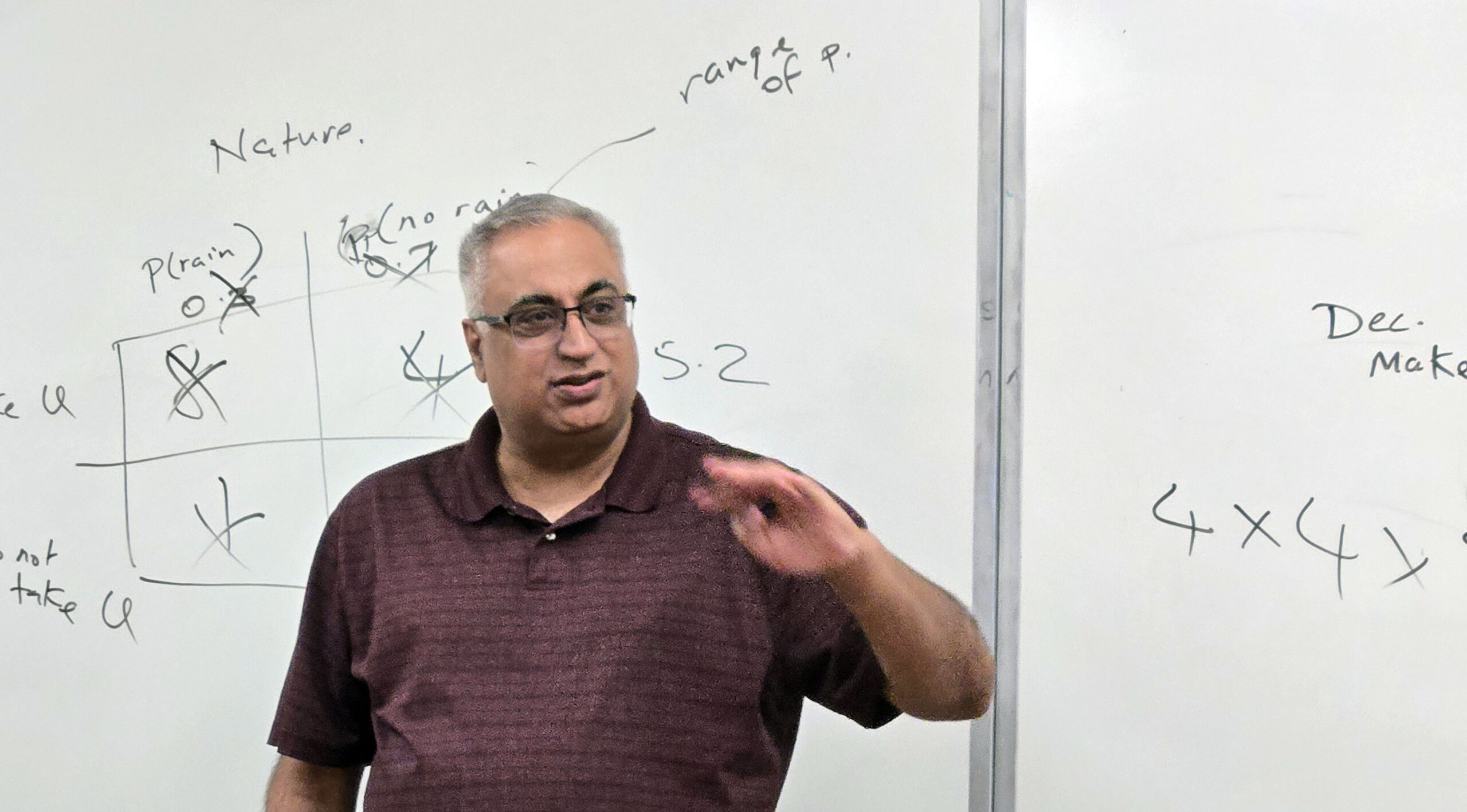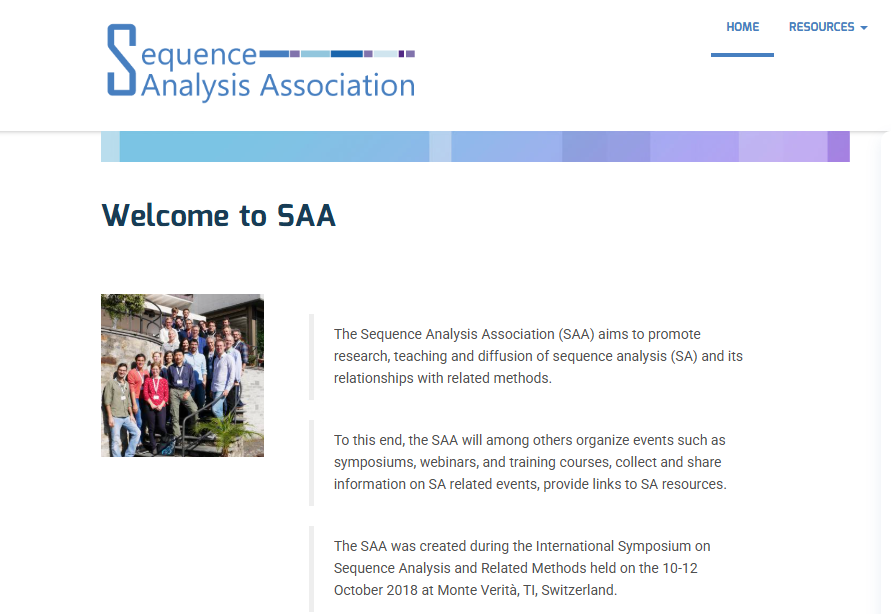In the realm of scientific inquiry, theories serve as the foundational frameworks that guide our understanding of the world. However, not all theories are created equal. A critical aspect of evaluating these theories lies in balancing two seemingly opposing qualities: falsifiability and utility. This balance is pivotal in determining the robustness and applicability of a theory. In this article, we delve into the nuanced relationship between these two attributes, explore the roles of propositions and hypotheses, and uncover what makes a theory truly powerful.
The Trade-Off Between Falsifiability and Utility
Falsifiability, a concept popularized by philosopher Karl Popper, refers to the ability of a theory to be tested and potentially proven false. A theory that is highly falsifiable presents clear criteria for disproof, thereby fostering rigorous scientific scrutiny. On the other hand, utility pertains to the practical usefulness of a theory—its capacity to generate meaningful predictions, guide research, and inform decision-making.
There exists a natural trade-off between falsifiability and utility. Generally, the more utilitarian a theory is, the less easily it can be falsified. This is because theories designed for broad applicability often encompass a wide range of phenomena, making specific disproof more challenging. Conversely, theories with high falsifiability tend to be more narrowly focused, which can limit their practical utility.
This trade-off is crucial to recognize, especially when dealing with abstract theories. Abstract theories, by their very nature, aim to explain complex and generalized aspects of reality, which inherently makes them tougher to test empirically. Balancing their utility without sacrificing the capacity for falsification is a delicate endeavor that underscores the sophistication involved in theoretical development.
Propositions and Hypotheses: The Building Blocks of Theory
To further understand the dynamics between falsifiability and utility, it’s essential to distinguish between propositions and hypotheses within a theoretical framework.
- Propositions are statements that describe the relationships between abstract constructs or concepts. They are the building blocks of a theory, outlining how different elements are interconnected.
- Hypotheses, conversely, are specific, testable predictions derived from propositions. They articulate the relationships between measurable variables and can be empirically tested through observation and experimentation.
For instance, consider the proposition: “Frustration leads to aggression.” This broad statement connects two constructs—frustration and aggression—without delving into specifics. From this proposition, multiple hypotheses can be derived, each targeting a particular aspect or context of the relationship. For example:
- “People who read small fonts tend to throw papers away because they become frustrated.”
- “Drivers who experience traffic delays are more likely to exhibit aggressive behavior.”
Each hypothesis takes the general proposition and applies it to a specific scenario, making it testable and subject to empirical validation or refutation.
The Proposition-to-Hypothesis Ratio and Theory Utility
The ratio of propositions to hypotheses within a theory serves as an indicator of its utility. A high ratio suggests that a single proposition can generate numerous hypotheses, thereby enhancing the theory’s practical applicability. In other words, theories that can spawn multiple testable predictions from a single conceptual relationship are deemed more useful because they offer a fertile ground for diverse research and applications.
Using the earlier example, the proposition “frustration leads to aggression” can generate a multitude of hypotheses across different contexts, populations, and variables. This versatility not only broadens the scope of research but also allows the theory to be applied in various practical settings, from organizational behavior to clinical psychology.
Powerful Theories: Generating a Wealth of Hypotheses
Powerful theories are characterized by their ability to generate a large number of hypotheses from a relatively small set of propositions. This is indicative of a high proposition-to-hypothesis ratio, reflecting both the theory’s utility and its capacity to guide extensive research.
Such theories provide a comprehensive framework that can be adapted to numerous contexts, facilitating a deeper and more nuanced understanding of complex phenomena. Their strength lies in their adaptability and the breadth of their explanatory power, making them indispensable tools in scientific exploration and practical application.
Conclusion
The interplay between falsifiability and utility is a central consideration in the evaluation and development of scientific theories. While there is an inherent trade-off between these two attributes, understanding and managing this balance is key to crafting theories that are both robust and applicable. By leveraging a high proposition-to-hypothesis ratio, theories can achieve greater utility without entirely compromising their falsifiability. This delicate balance is what transforms abstract theoretical constructs into powerful instruments of scientific progress, capable of generating a multitude of testable hypotheses and driving forward our collective knowledge.
Embracing this balance not only enhances the quality of theoretical work but also ensures that theories remain dynamic and responsive to new evidence, thereby sustaining their relevance and efficacy in an ever-evolving scientific landscape.










Leave a Reply